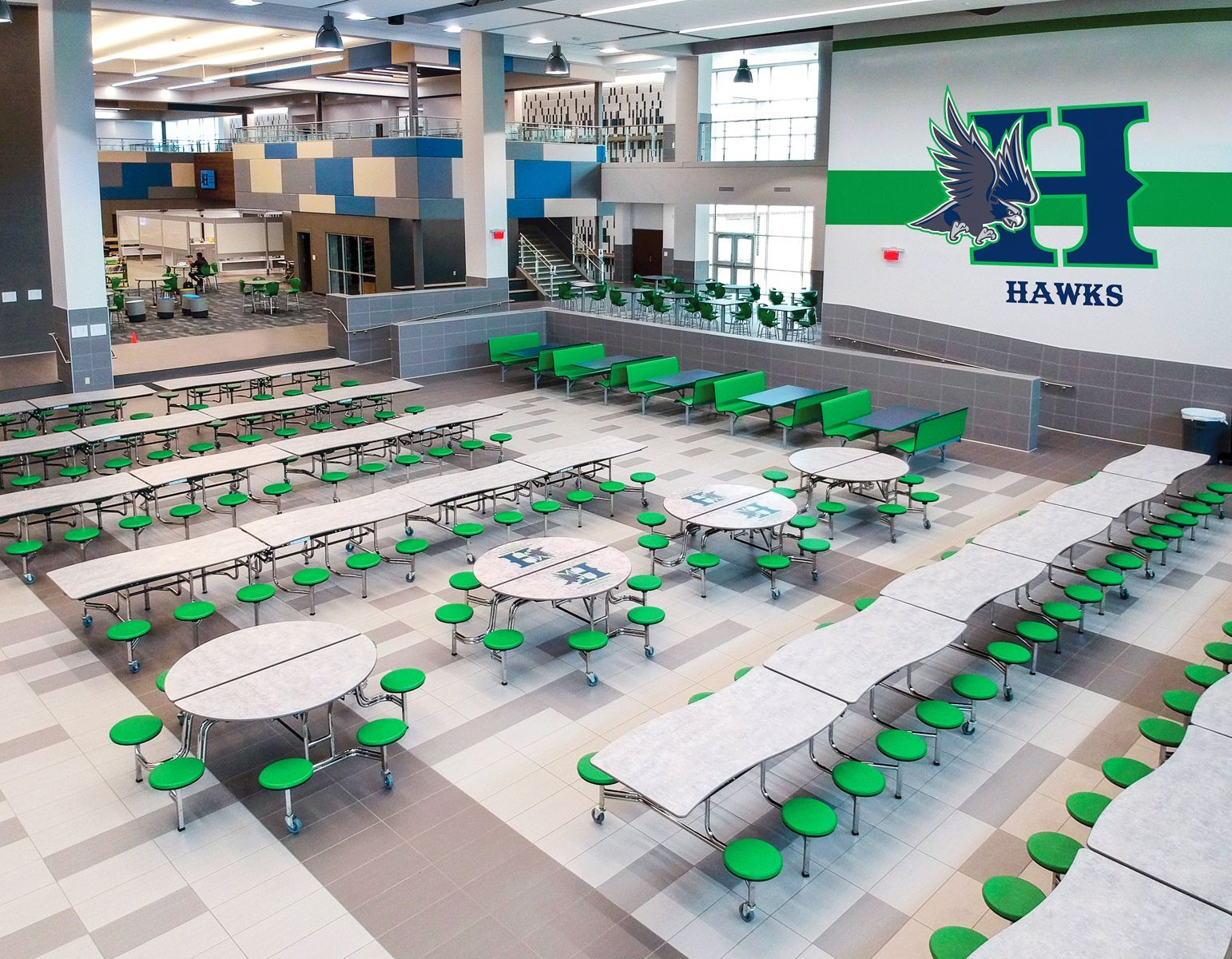Earth Day: 10 Projects to Inspire Environmental Awareness in School Classrooms
Earth Day this year is April 22 and is a time to celebrate the planet and raise awareness about environmental issues. For school classrooms, it's an opportunity to engage students in hands-on projects that promote sustainability and foster a sense of responsibility towards the Earth.

1. Plant a School Garden:
"A school garden not only teaches students about the importance of plants and ecosystems but also provides fresh produce for school meals." - Sarah Thompson, Garden Educator at GreenSprout Academy.
2. Organize a Recycling Drive:
"Encourage students to collect recyclable materials such as paper, plastic, and aluminum cans from home and school to promote recycling." - Mark Johnson, Recycling Coordinator at EcoRecycle Initiative.
3. Create an Upcycling Project:
"Challenge students to repurpose everyday items into new and useful products, promoting creativity and sustainability." - Lisa Brown, Art Teacher at EcoElementary School.
4. Host a Community Cleanup Event:
"Organize a cleanup of a local park, beach, or neighborhood to teach students the importance of keeping our environment clean and litter-free." - Rachel Clark, Community Outreach Coordinator at GreenAction Group.
5. Start a Composting Program:
"Set up a composting bin in the school cafeteria or garden to reduce food waste and create nutrient-rich soil for plants." - John Green, Composting Specialist at EcoGrowth Solutions.
6. Create a Recycling Awareness Campaign:
"Design posters, videos, or social media posts to raise awareness about the importance of recycling and how to do it correctly." - Mike Roberts, Sustainability Officer at EcoMetrics Corporation.
7. Build a Bird Feeder or Bee Hotel:
"Construct simple bird feeders or bee hotels to attract wildlife to the school grounds and promote biodiversity." - Tom Smith, Wildlife Conservationist at GreenEarth Foundation.
8. Organize a Water Conservation Challenge:
"Encourage students to track their water usage at home and school and come up with creative ways to conserve water." - Jane Adams, Water Conservation Educator at EcoWater Institute.
9. Create an Environmental Action Plan:
"Have students research environmental issues affecting their community and develop a plan of action to address these issues." - Sarah Jones, Environmental Policy Analyst at GreenPolicy Institute.
10. Host an Earth Day Fair:
"Organize a school-wide event with eco-friendly activities, games, and educational booths to celebrate Earth Day and promote environmental awareness." - Mark Davis, Event Coordinator at EcoEvents Network.
These Earth Day projects are not only educational but also empower students to become environmental stewards in their own communities. By engaging in these activities, students can develop a deeper appreciation for the Earth and the importance of protecting it for future generations.



